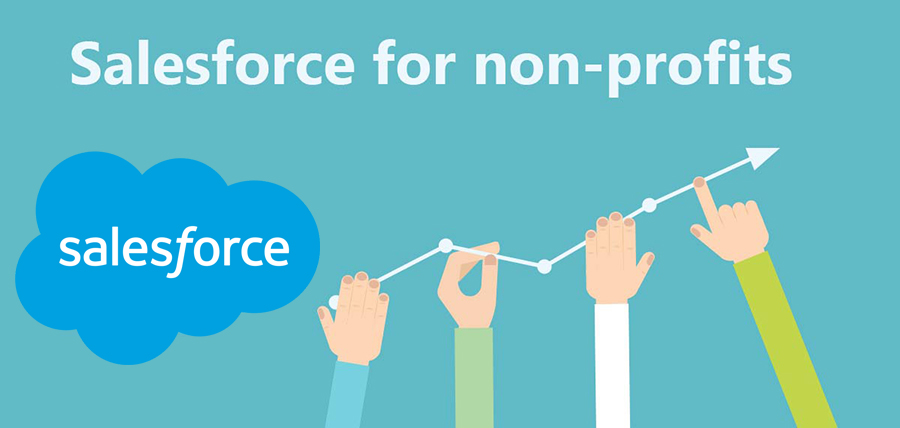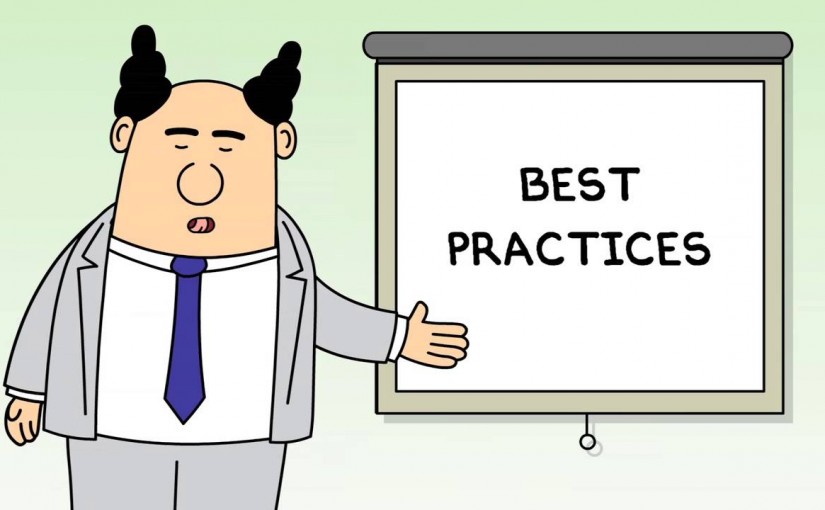
Given the challenges that charities face in securing funding and donors, as well as the rigidity of charity legislation, it’s now more important than ever for not-for-profit organizations to embrace technology.
The misconception is that because charities have different goals to your average business, there’s no crossover in how these organizations should be administered. This isn’t true, however, as charities have clients and customers just like typical businesses, even if they don’t necessarily see them that way.
For non-profit organizations, securing funding is essential to the running of the charity. It enables them to hire staff, market themselves, and actually carry out the charitable activity they set out to do. There’s also the matter of attracting and retaining individual donors—some of these will be one-off donations, whereas others will be monthly contributions. With personal details and bank information being shared with the charity, where does all this data get stored?
Why does a charity need technology?

Every charitable donation is special, but some non-profits are tasked with administering information for thousands of donors at a time. It’s also important to maintain relationships with all funding streams by updating them on the good work being done, and reporting on how their investment is being utilized—down to the cent. This type of data and reporting can be very difficult to put together without the right technology.
Some areas of the sector have been slow to embrace things like CRM systems, where customer records can be pulled up to give a quick snapshot of their activity and personal information. This isn’t only due to the perception that CRMs are strictly business and commerce technology, but also the cost of the software and the complexity of the implementation process. Many non-profits cannot afford to spend thousands on business transformation and deal with the inevitable disruption to day-to-day work, for all it may help in the long term.
Salesforce for non-profits

While implementing a CRM system will always require a dedication of time and planning, Salesforce has taken steps to mitigate the cost of using the world’s number one CRM product. The Non-profit Success Pack (NPSP) gives eligible non-profit organizations access to Salesforce’s arsenal of products and services at a fraction of the cost of its conventional business edition.
Charities utilizing Salesforce NPSP are afforded ten free licenses, which means ten people in the organization can have full access to Salesforce for absolutely free. In smaller charities where only heads of departments and administrative staff need access to the CRM, this could prove to be all the organization needs to harness the power of Salesforce.
Of course, Salesforce will still need to be configured and implemented, and this doesn’t become any less complicated. There are key steps a charity can take to make this process less cumbersome, however, and to prevent being stuck in data migration limbo, where so many organizations find themselves after going about a Salesforce implementation the wrong way.
Good practices for Salesforce implementation in non-profits

While some charities have successfully implemented their own CRM, it can be very challenging, particularly when migrating from a legacy system. Not only does data migration take a great deal of time and planning, but working with the actual architecture of a new system can be daunting to those without training in the technology.
You also have to remember that implementing Salesforce isn’t just introducing a new software; it’s a business transformation, and so you have to involve all departments from the very beginning to manage their expectations and let them know when their input and work is required. Appoint project champions, who are responsible for ensuring communication is clear and that work is completed in their department.
If you have the budget, working with a Salesforce consultant or implementation partner can be extremely beneficial. Whether you can afford to have them oversee your entire implementation, or even just give you a one-day consultation on the scale of work required and what you can and can’t do yourself, it’s really important you seek the assistance of an expert.
Securing funding for projects such as this can be challenging for non-profits, but the cost of an initial consultation will be far less than that of a project recovery if you go about it the wrong way.
Modern non-profit organizations need a CRM system, whether that’s a huge, untidy spreadsheet, or industry-leading business optimization technology. Salesforce sets itself apart from its competitors with its donor and donation management tools, digital marketing integration, and data visualization and reporting functions. What’s more, with free licenses for users of the technology, it’s a great option for charities of all shapes and sizes. Just make sure you plan ahead!

Ian Clark is Head of the Americas at Mason Frank International, the global leader in Salesforce recruitment. As a Salesforce staffing expert, Ian has assisted with implementations around the world in a wide spectrum of industries.


Thank you so much for your contribution and perspective Ian.